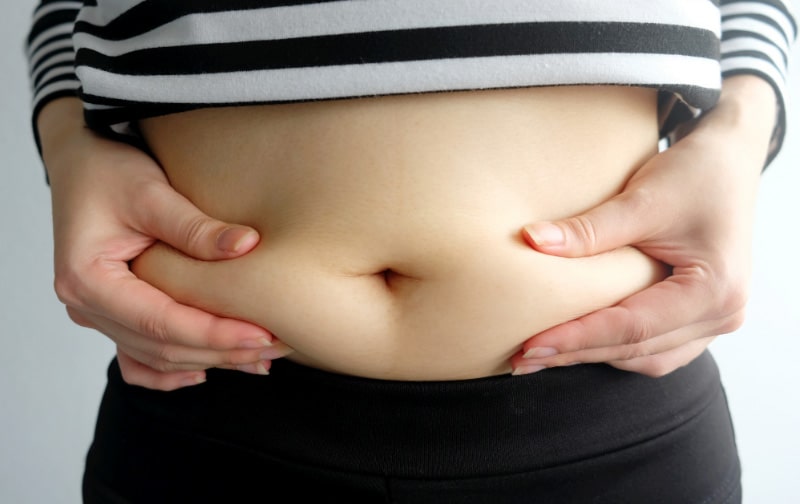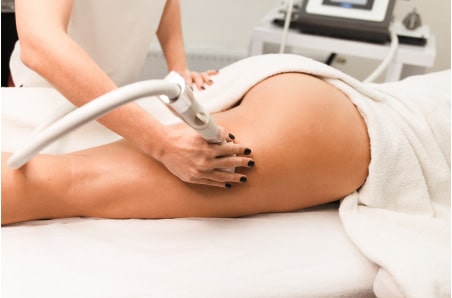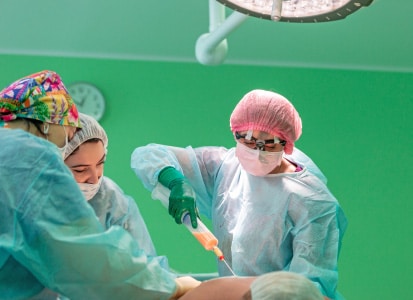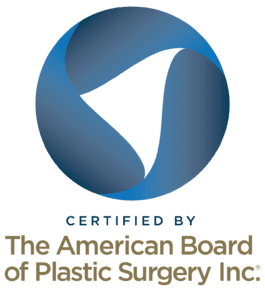
Want to learn about the different types of liposuction? Are you sick of seeing that pocket of fat cells on your body that you cannot get rid of no matter how much you run, bike, and diet? Ready to tear that fat off with your bare hands? We understand!
Diet and exercise are the ideal ways to melt away body fat cells, but it doesn’t work all the time. Some pockets of body fat can be maddingly stubborn to disappear. Men struggle especially with abdomen fat and love handles, while women’s Waterloo is often the belly, hips, and thighs.
After spending countless hours on the treadmill, it can be frustrating to still see that unwanted fat on your body. This is where Liposuction, specifically Lipo 360, can be a game changer. Liposuction is a surgical procedure that can remove stubborn pockets of fat that have resisted diet and exercise. Imagine achieving the flat belly or shapely thighs you’ve always dreamed of with a relatively straightforward surgery!
If you’re considering liposuction, the information below will help you decide if it’s the right choice for you.
WHY PEOPLE GET LIPOSUCTION
Many good reasons. Below are seven of them.
- It’s an efficient way to get rid of fat you can’t lose with diet and exercise.
- You’ll notice an improvement in your skin laxity, which will boost your self-esteem.
- Fantastic for cosmetic body shaping.
- Your surgeon can suck fat away in more than one site in one day.
- Men use it to reduce their breast size.
- Eliminates annoying fat and skin from losing weight, aging, and pregnancy.
- Boosts your self-confidence, so you love looking in the mirror at your sleek, contoured shape.
Different TYPES OF LIPOSUCTION PROCEDURES
So you think you may want traditional liposuction to suck that fat away. However, there are several types of liposuction available. You’ll need to talk to your plastic surgeon to figure out your best option.
Suction-Assisted Liposuction
This is considered traditional liposuction in Houston. In this medical procedure, small cuts are made over the part of the body that is to be sanctioned. A cannula is inserted to suck out that annoying fat bubble.
Recovery time for suction assisted liposuction can range from 30 to 90 days, depending on how much fat is sucked out and how fast you heal. It also can take up to six months for you to see the final results.
This form of liposuction surgery can work on these areas:
- Bottom
- Thighs
- Legs
- Abdomen
- Back
- Arms
It’s not recommended for small areas, such as beneath the chin, because it’s not a very precise form of lipo.
The most significant advantage is it’s the most affordable liposuction surgery out there. It also has been used for decades and is a procedure most cosmetic surgeons can handle.
Some of the disadvantages are:
- More bleeding and bruising than other types
- Harder to control fat removal, so there is a higher level of lumpiness in some patients
- Some people need more than one treatment for optimal liposuction results
Tumescent Liposuction
Tumescent liposuction is another word for ‘swollen.’ This form of liposuction is similar to regular lipo. The only difference is that epinephrine and lidocaine are injected into your fat pockets to make it swollen, so it’s easier for your surgeon to see and remove it.
Lidocaine is an anesthetic that also can make fat cells swell. Furthermore, epinephrine is often added because it shrinks your blood vessels, which eliminates most bleeding.
Your surgeon injects an anesthetic into your annoying fat pockets, and they swell. A cannula is hooked up to a suction device, and your fat is sucked away.
This type of lipo can be used on just about any body part. Good news – most pain and swelling from tumescent liposuction disappears in a few weeks. But it can take up to six months to see the ‘final you’ in the mirror.
Tumescent lipo is a good choice for many because there is reduced bruising and bleeding. It’s also relatively light on the wallet. But it lacks some technological advancements of other forms of lipo outlined below.
Ultrasound-Assisted Liposuction (UAL)
Ultrasound uses sound waves to create high levels of energy in tissues where the surgeon focuses them. Ultrasound waves can break up fat cells and make them easier to suck out with a cannula.
UAL may be the choice in body parts with ‘tougher’ fat, such as the male chest and those irritating saddlebags.
A big plus of UAL is that it can more easily remove stubborn fat that could require several treatments. However, ultrasound waves can give you burns and blisters, so talk to your surgeon if you think this is what you want.
Laser Assisted Liposuction (LAL)

Laser Assisted Liposuction can break down fat fast so that it can be sucked out as liquid oil. Your body absorbs any liquid fat that isn’t sucked out.
On the upside, the laser is small, and a tiny cannula is used to suck out the fat. Laser Assisted Liposuction only needs tiny incisions, so there is almost no scarring.
But recovery time can be longer, and a few people may suffer burns from the laser assisted liposuction procedure.
WHAT YOU CAN EXPECT
So you’ve decided to talk to your surgeon and think you want liposuction. Liposuction is pretty straightforward, but it’s vital to understand everything before you get that annoying blubber sucked away or liquified.
- Consultation: The consultation with your surgeon gives you the chance to learn about liposuction risks and benefits. You also can ask her any questions you have. You should take this opportunity to tell the surgeon which areas of your body concern you. She’ll discuss your liposuction options and anesthesia choices.
- Procedure: The procedure depends on which type of liposuction you’re having. Most often, your surgeon makes two or three small incisions over the area of fat. Then epinephrine and lidocaine are injected into your fat pockets, which swell the fat tissue. Then your surgeon sucks the fat out with a cannula.
- Aftermath: After liposuction, your surgeon will probably give you a compression garment to wear to compress the skin to your new shape. Drains might be inserted in the incisions to eliminate extra fluid or blood.
- Recovery: Most people recover from liposuction fully within one or two months. However, it can take up to six months before you see the new you in the mirror. But don’t worry, you’ll love the results!
Questions and answers
What is the most effective type of liposuction?
Tumescent liposuction is the leading choice for liposuction procedures in the United States, and it also stands as the most prevalent cosmetic procedure. This approach surpasses traditional liposuction in terms of effectiveness, safety, and comfort, while also offering a speedier recovery process. It is administered on an outpatient basis and does not necessitate the use of general anesthesia.
Which type of lipo removes the most fat?
Tumescent liposuction is effective on numerous body areas and has the capacity to eliminate substantial amounts of fat. According to some plastic surgeons, a single tumescent liposuction session can result in the removal of approximately five to ten pounds of fat.
How many different types of liposuction are there?
Presently, there exist four distinct varieties of liposuction procedures available: tumescent liposuction, the power assisted liposuction, ultrasound-assisted liposuction, and laser assisted liposuction. PAL® Power Assisted Liposuction differs from traditional liposuction by adding a gentle vibration of laser energy for easier extraction, faster procedure, less bruising.
REQUEST A LIPOSUCTION Surgery CONSULTATION
If you’re intrigued by the possibility of having your impossible-to-lose fat pockets sucked clean with cosmetic surgery, set up a Houston liposuction consultation with Dr. Ashley Steinberg today.
She’ll cover the risks, benefits, lipo scars and different types of liposuction and help you decide if liposuction is for you. Dr. Steinberg is a specialist in liposuction and chin liposuction in Houston.
References
-
- Is Liposuction Safe? (n.d.). Accessed at https://www.healthline.com/health/is-liposuction-safe
- Liposuction Procedure. (n.d.). Accessed at https://www.plasticsurgery.org/cosmetic-procedures/liposuction/procedure
- What Should I Expect During My Liposuction Recovery? (n.d.). Accessed at https://www.plasticsurgery.org/cosmetic-procedures/liposuction/recovery













